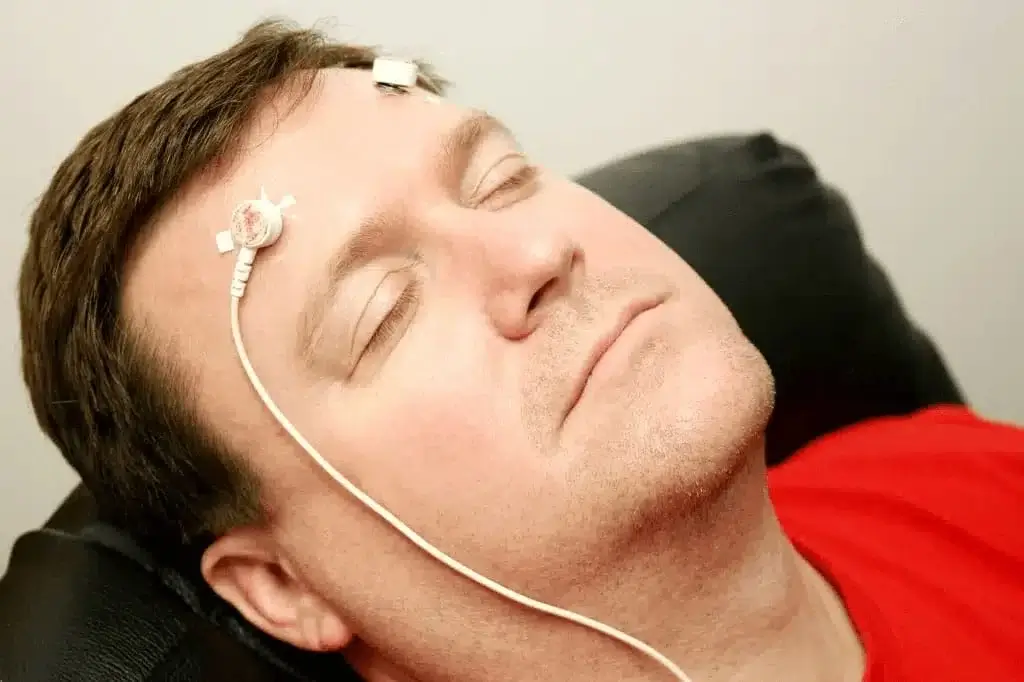Neurofeedback

“In my opinion, if any medication had demonstrated such a wide spectrum of efficacy it would be universally accepted and widely used.”
– Dr Frank Duffy
Professor of Neurology, Boston Children’s Hospital

Neurofeedback first identifies the stuck patterns in your brain, and then helps your brain to shift into new healthy patterns.
Using advanced computer technologies, it is the science of brain change in action.
Discovered in the 1960s, it has been intensively used and researched for a variety of conditions for decades. Yet despite this, neurofeedback is still not taught about in medical schools, where they instead focus almost exclusively on pharmaceutical medications.
Types Of Neurofeedback
We specialize in the use of Direct Neurofeedback because for most clients it gives quicker and better results, and takes less effort on your part.
| TRADITIONAL NEUROFEEDBACK | DIRECT NEUROFEEDBACK | |
| Initial Results | In 6 to 10 Sessions | In 1 to 3 Sessions ✓ |
| Sessions Needed | 30 to 40 sessions are typically needed | 20 sessions are typically needed ✓ |
| Session Length | 45 to 60 minutes each | 30 minutes each ✓ |
| Cost of Treatments | Higher Cost | Lower Cost ✓ |
| Client Experience | Client needs to pay active attention to watching a screen | Client can sit back and relax ✓ |
| How Change Happens | Trains the Brain through repetition of visual or auditory feedback (Re-Conditioning) | Un-trains the Brain through sending tiny signals that help your brain to become more flexible and re-calibrate |
Traditional / Conventional Neurofeedback
Most of the Neurofeedback offered at other clinics focuses on retraining or reconditioning your brain through the use of visual and/or audio feedback. It is analogous to training a dog through positive and negative reinforcement, or the use of a carrot and stick to encourage different behaviours.
During a typical session you are watching a screen, and when your brain makes the old problematic patterns, the screen either instantly dims or the animation slows down in order to discourage your brain from repeating this pattern.
In contrast, when your brain makes more of the desired brainwave pattern the screen either instantly brightens up or the animation will proceed at a satisfying rate. Through the repetition of these sessions, the learning is reinforced and your brain learns to operate differently.
Direct Neurofeedback
Direct Neurofeedback is a unique form of neurofeedback that usually gives both quicker and better results than conventional neurofeedback.
Instead of trying to retrain your brain, it works by encouraging your brain to do something different. In order to do this it sends a very unique and small signal occasionally to your brain. Your brain responds to the signal by changing what it is doing, thereby becoming more flexible and breaking free from its stuck patterns. Similar to a computer needing to be rebooted, it helps your brain to reboot and recalibrate.
Having been safely used for over 30 years, Direct Neurofeedback regularly transforms people’s lives and helps their brain and nervous systems to come back into a state of calm and balance.
